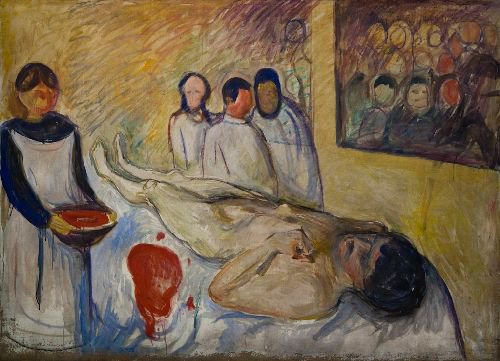This semester, I was assigned to the geriatric wellness clinic at Woodhull Hospital, and we were told that our presentation would be presented at the clinic. Over the course of the semester, I feel I was given an advantage over the rest of my classmates because unlike them, I would not be blindly walking into a clinic and presenting a topic. Rather, I would have a more seamless transition and more comfort with the setting and population. After all, I had been “presenting” on diabetes education to these patients all semester.
Working with my classmates to design and implement the project also provided a useful opportunity for professional development. Our setting for the presentation was a perfect match for its content. Being in the geriatric clinic this semester, I knew that diabetes was one of the major community issues the clinic was attempting to address, as were hypertension, compliance, and vaccinations. When our group zeroed in on diabetes as the focus of our presentation, I knew that we would be addressing an issue that is of grave concern not only for the nation as a whole, but for this specific community.
Brainstorming with classmates over design, materials, and goals echoed much of the emphasis on collaboration and team building. Health care is not something that can be done by one person, and dividing up tasks and prioritizing one topic or point over another is a good reflection of nursing practice, where care must be delegated and symptoms and diagnoses, and even patients, must be prioritized during the shift. For example, our clinical professor once recommended labs as a presentation, and I know from being in the clinic that patients are constantly missing their prelab screenings, causing their appointments to need rescheduling. They often ask why everything cannot be done together, so a presentation on labs and prediagnostics would have been useful. Vaccinations also would have been a clinic specific target presentation because vaccination rates are one of the key topics that get stressed during huddles. So I was slightly disappointed when our group settled on diabetes because I felt we would merely be treading a common road, but in the end, it is a team and not an individual project, so go all in.
Diabetes is a useful topic because not only is it pertinent, but there is a wealth of resources and information available. One of the problems encountered by our group was not finding images or tips or guidelines to share and distribute, but rather to sort through them and choose the ones best suited for our goals. We were also able to find materials in Spanish as well as some other languages, which made it easier to get our message across to our audience.
Diabetes is a major health concern, and like many illnesses, certain groups are disproportionately affected. One of the reasons Hispanics have higher rates of type 2 diabetes is the diet, a product of culture, that features high glycemic load foods like rice, yucca, and corn. This can be and was a topic in our teaching and presentation. But at the same time, Hispanics are also disproportionately poor and live in neighborhoods where fast foods and sugary and fatty snacks are far more widely available then other more salubrious options. We can speak ad nauseum to a group about the importance of eating apples and pears over chips and cookies, or water over soda. But if the later items are cheaply available on the corner and the former can only be found at the supermarket several bus stops away, or fresh organic products are outside of the family budget, then our teaching and advice, even if understood and accepted, will prove for naught. Several of our group members suggested walking around the area near the hospital to get a better idea of exactly what is and is not on hand before we walked in and began making recommendations.



